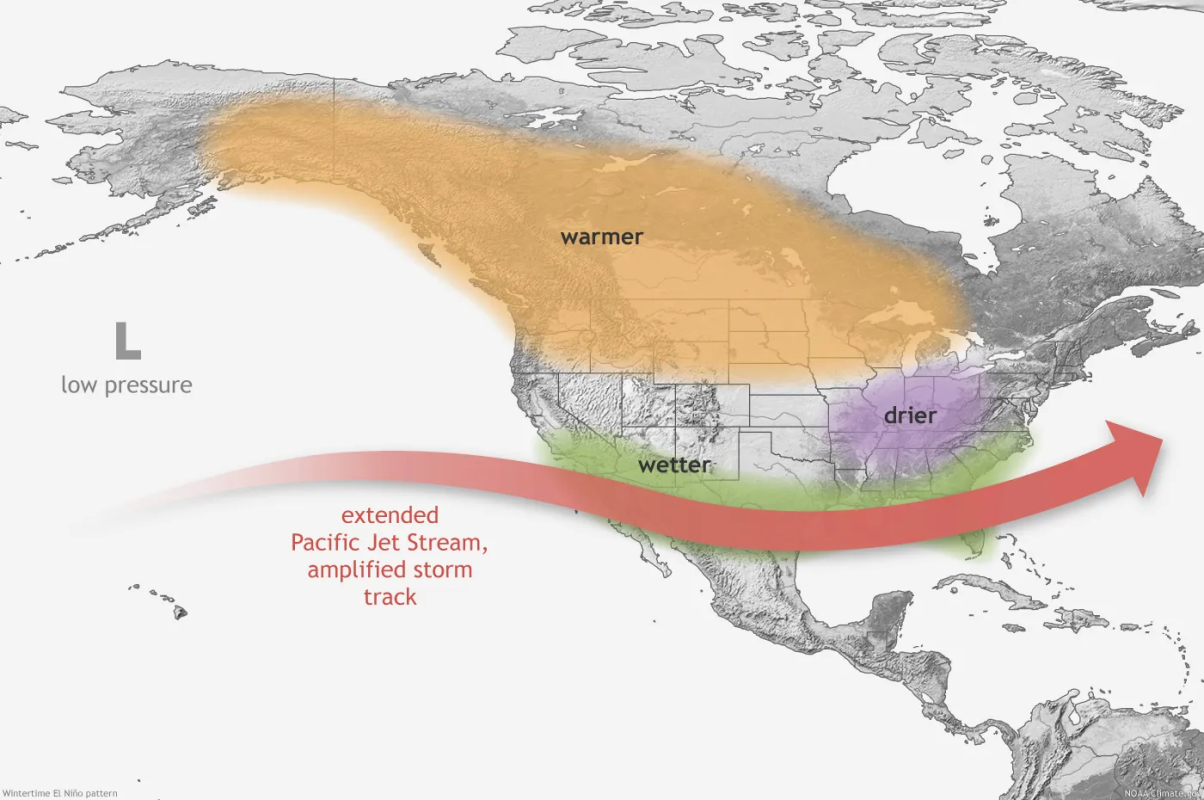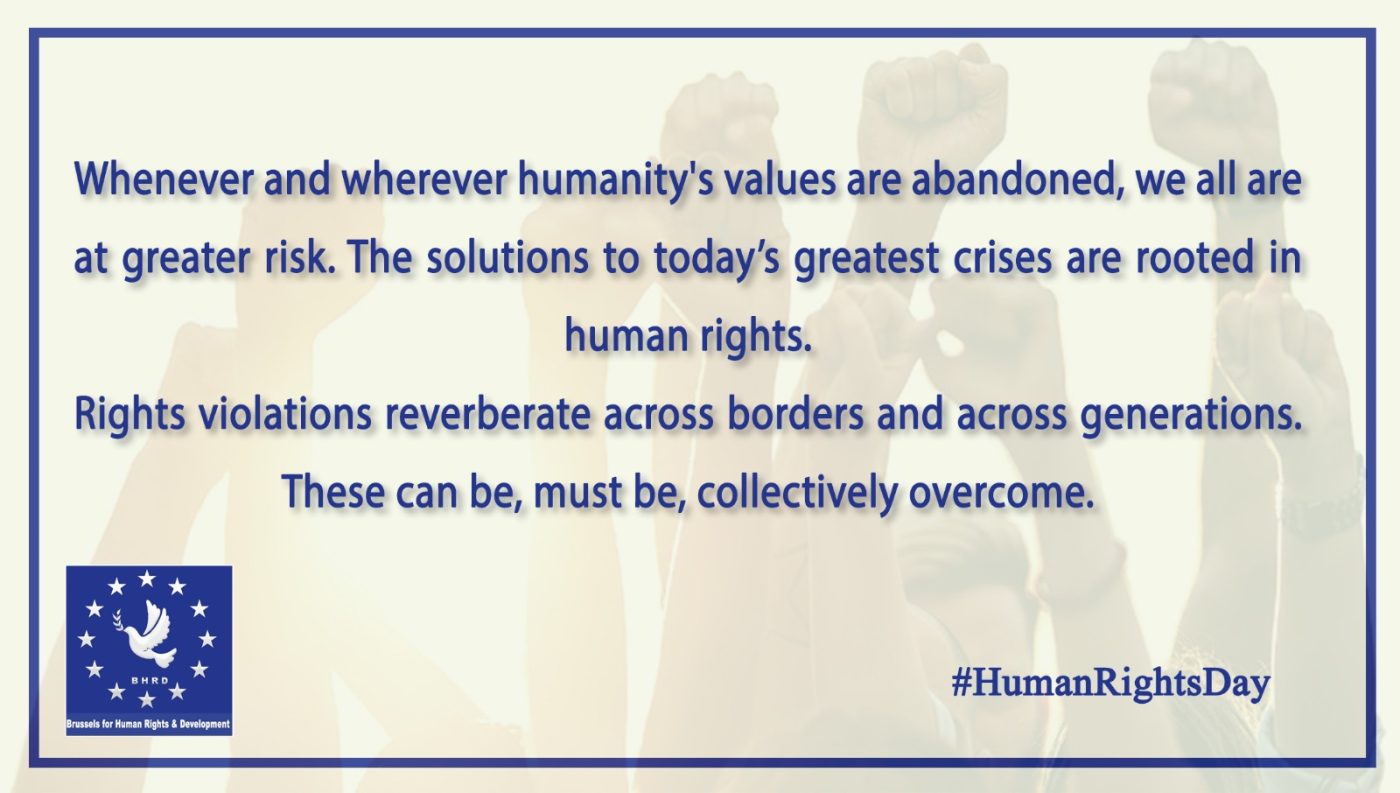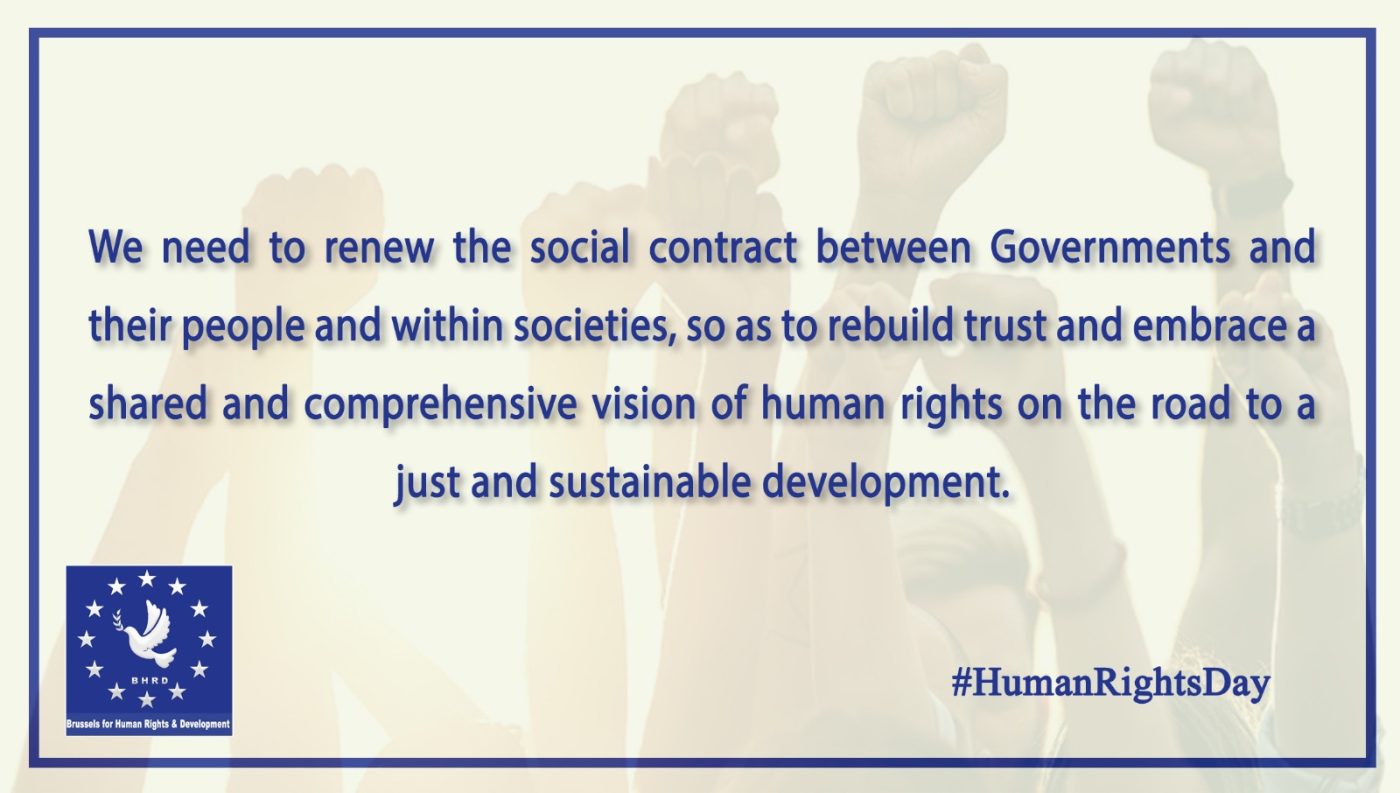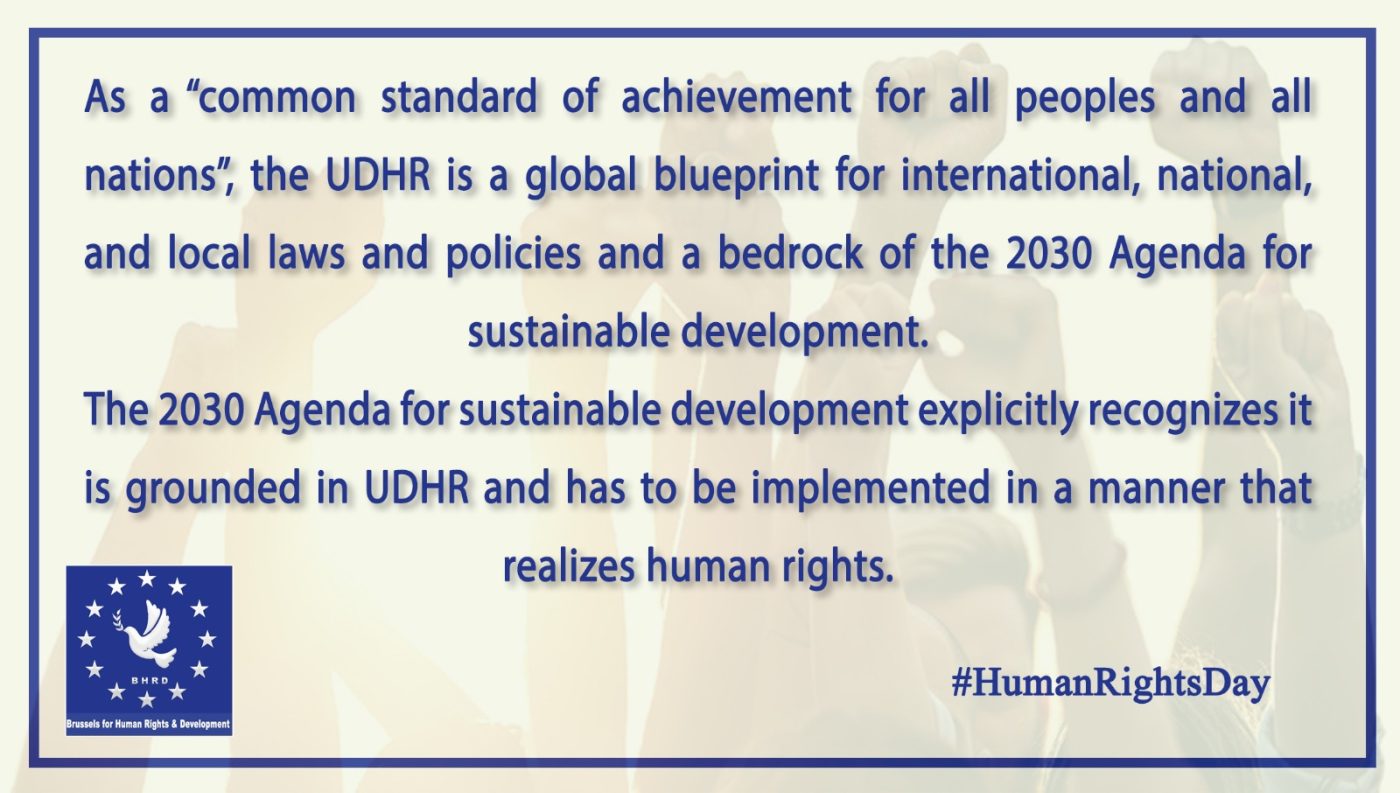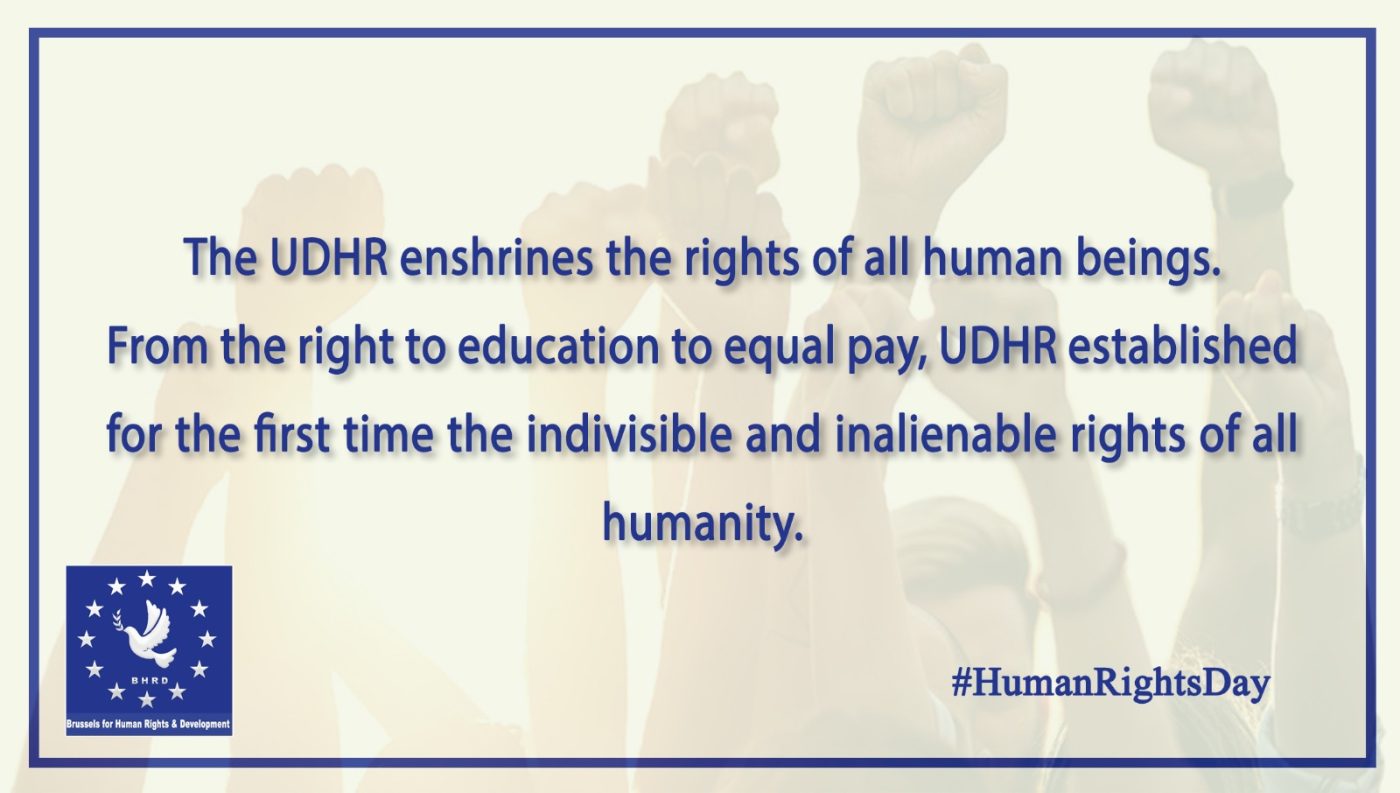On a recent Monday in late June, the mercury in Phoenix, Arizona, was set to reach 110 degrees Fahrenheit—with even hotter weather on the way. Summers in Phoenix have always been scorchers, but it wasn’t until 2021 that the city set up the Office of Heat Response and Mitigation.
“We’ve seen a really significant rise in heat-associated deaths, ” said David Hondula, the new office’s director.
Like many parts of the world, Phoenix is seeing more intense warmth driven by climate change. Across the U.S., heat waves have become longer, hotter, and more frequent in recent decades. So, it would follow that the risk of heat-related deaths and illnesses could go up, too.
But Phoenix’s increase in deaths, Hondula said, is related to socioeconomic inequities such as access to an air-conditioned home or car. He pointed to a rise in the number of unsheltered people as a key factor.
While heat waves may worsen, public health crises are preventable. That’s why many cities and states are developing early warning systems, more public education, and community resources such as cooling centers where people can escape oppressive temperatures.
For individuals, the heat safety advice may sound familiar: limit outdoor activity, especially at peak midday temperatures; stay hydrated; and cool off at a public place like a library or heat-relief shelter if you don’t have air conditioning at home.
Such tips “all sound like kind of penetrating glimpses into the obvious, but we still have to point them out, because we keep seeing people die during these extreme heat events,” said Jeremy Hess, an environmental health scientist at the University of Washington.
In the longer term, measures such as planting trees for shade and installing reflective cool roofs in certain places can help build resilience against hot weather in homes and communities. For the here and now, here’s how to keep cool.
Why is heat dangerous?
Hess recently released a report highlighting how serious, direct reactions such as heat stroke are only one health hazard from heat. Heat can exacerbate chronic conditions such as heart disease, which accounted for a quarter of heat-related deaths in the U.S. between 1999 and 2018.
“In some studies, the number of people who have chronic disease exacerbations related to heat actually outnumber the acute heat illness cases,” Hess said. Drowning accidents, too, go up during heat waves, as people head to pools and bodies of water to cool off.
(Learn more about how heat affects the body.)
Other vulnerable groups include outdoor workers, pregnant people, the elderly, children and infants, people experiencing homelessness, and those who use drugs and alcohol. About half the heat deaths in Phoenix, Hondula said, are associated with substance use.
High humidity coupled with high temperatures poses an increased danger, since the humid air makes it harder for sweat to evaporate and cool the body.
How to protect yourself
Monitor forecasts including the heat index for your area so that you know when intense weather is coming and can plan accordingly.
If you can, limit time outdoors and avoid strenuous activity during the hottest parts of the day. Those heat index ratings? They pertain to shady areas. In direct sunlight, the value can increase up to 15°F, according to the National Weather Service.
Avoid sugar, caffeine, and alcohol in drinks, all of which will make you lose fluids. Drink plenty of water, and don’t wait until you’re thirsty to do it. Hess said electrolyte drinks can be helpful in rehydrating, especially during sustained activity, but you don’t need to seek out a certain brand: lightly salted water is good.
Either way, drink the water you have, and carry plenty with you if you’re going out in nature. For hikers in the Phoenix area, the city recommends carrying 16 to 32 ounces per hour per person.
Wear light-colored, lightweight clothes. When outside, seek shade where possible; wear sunblock; and bring a hat or parasol.
How to protect your home
Keep blinds drawn and use window reflectors. Avoid using heat-emitting appliances like ovens and stoves. Where possible, use weather stripping and insulation to keep cool air in and hot air out. If investing in home efficiency is out of reach, investigate the Low Income Home Energy Assistance Program and similar programs in your area that might subsidize costs.
A 2019 study from the University of Sydney confirmed that using an electric fan is beneficial when it’s hot and humid, but may be harmful when it’s both very hot and very dry.
Hondula’s team used this and related research from the university’s Ollie Jay as the basis for an infographic with pros and cons of different low-cost or no-cost ways to cool down.
Soaking feet in cool water, ice towels, and wet clothing can all be effective strategies. Other ideas only work in certain conditions. Evaporative coolers (also known as swamp coolers), are cheaper than air conditioning to run, but they won’t help when it’s very humid.
Dehumidifiers may help with comfort, but don’t expect them to lower room temperatures.
What to do when things heat up
“It’s important to recognize that heat is a really dangerous hazard when people aren’t protected from it,” Hess said.
When heat exhaustion sets in, symptoms include nausea, headache, and fatigue. At that point, experts recommend cooling down quickly to prevent heat stroke. The two major signs of heat stroke, Hess said, are an elevated body temperature and confusion or delirium. If you see these symptoms, seek immediate medical attention.
Seek a cooling center if your home gets too hot. Air conditioning is obviously effective at cooling, but not everyone has it—and for some people who do, running it may be prohibitively expensive.
“There are definitely caveats with air conditioning. It’s expensive to install, and it requires more electricity than other measures to operate,” Hess said. “In public health, we’re reluctant to emphasize air conditioning as a primary strategy.”
Places like libraries, shopping malls, or community centers can provide relief. Public cooling centers, hydration stations, and ways to reach them are all part of the effort to keep people safe in Phoenix.
“We’ll be talking to a couple living in their vehicle in a parking lot, and they didn’t realize the building right next to where they’re parked is open to go in and cool off for a couple hours,” Hondula said.
Hess noted that evenings can be a vulnerable time for elders because heat accumulates throughout the day, particularly in cities, and people may stop contact in the late afternoon, thinking that the worst of the heat has passed.
Hondula echoed this caution. “It doesn’t take very long to transition from being in a good situation to not a good situation,” he said. “We can’t check on each other too much on our hottest days.”
Credit to National Geographic website.
Original Article


 العربية
العربية